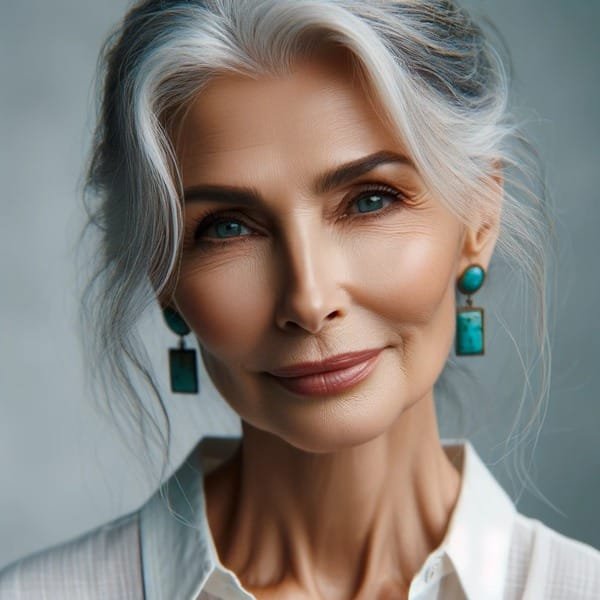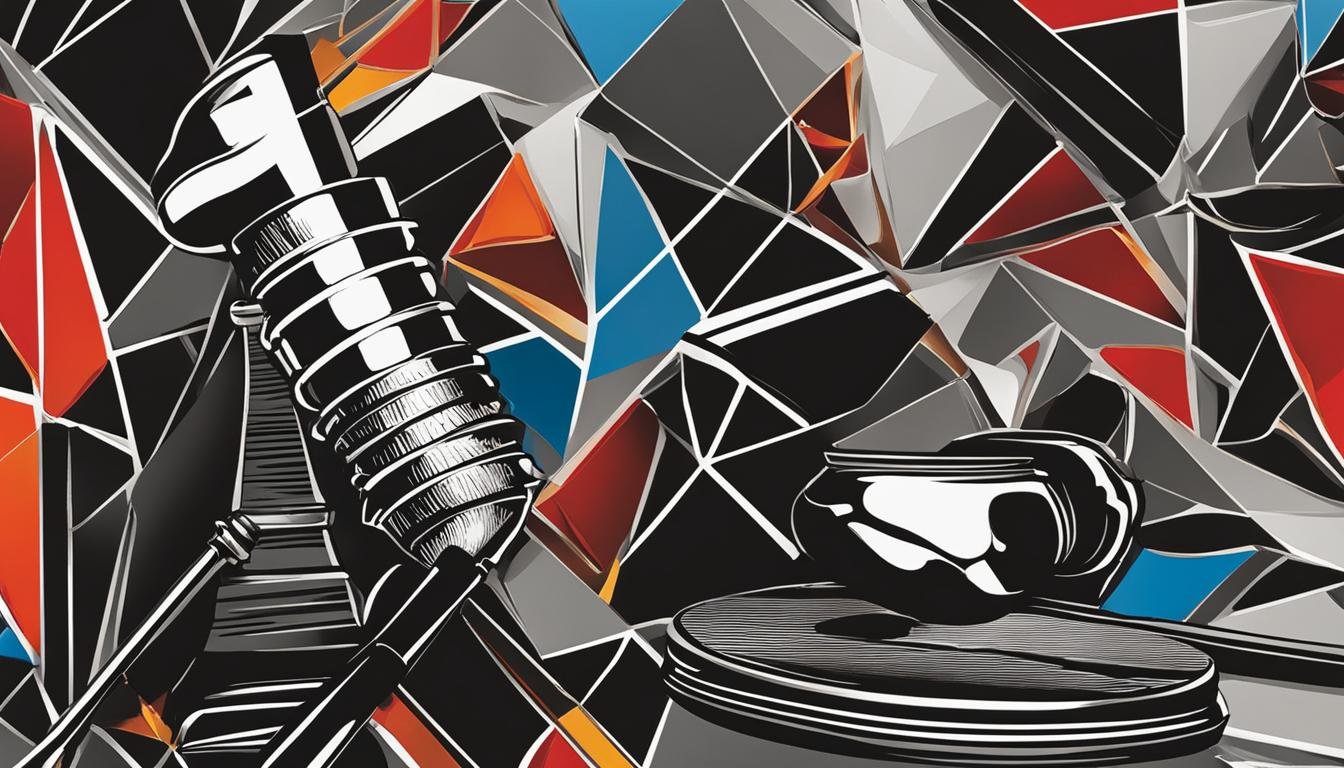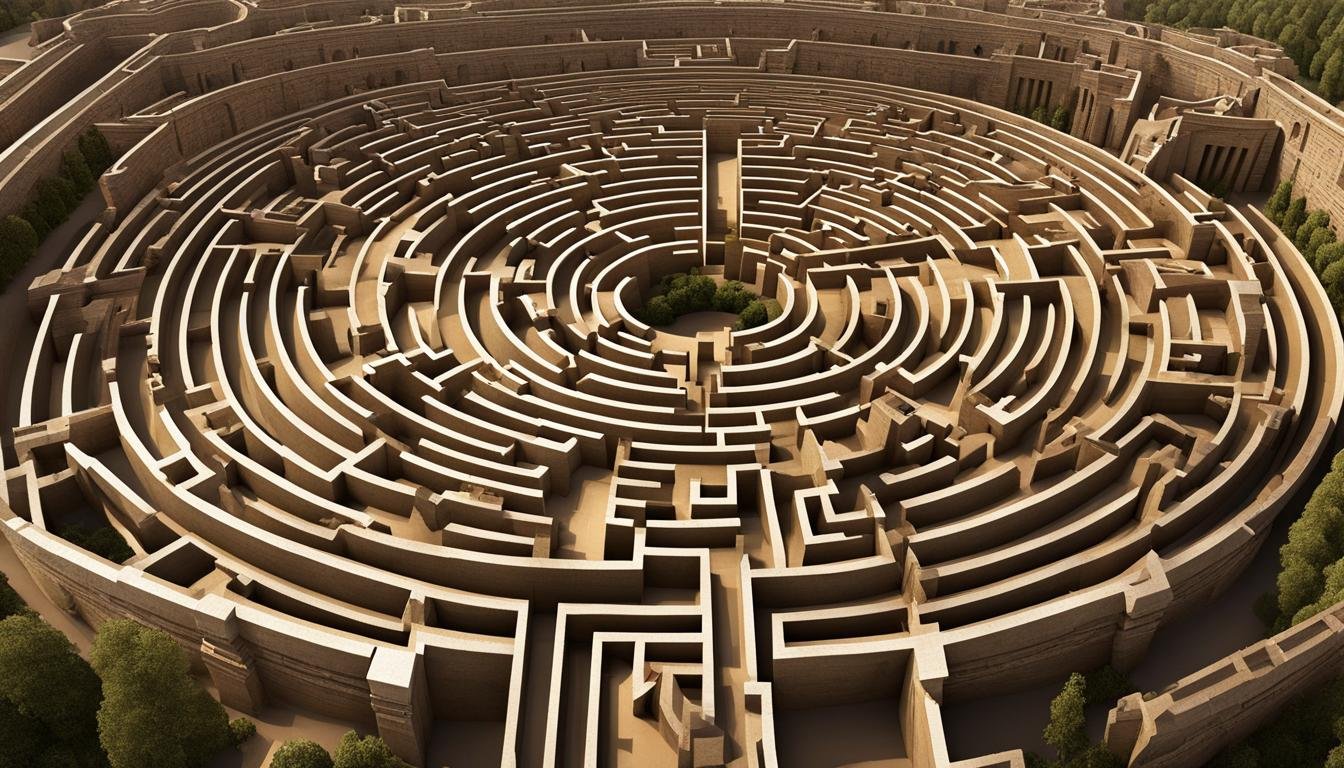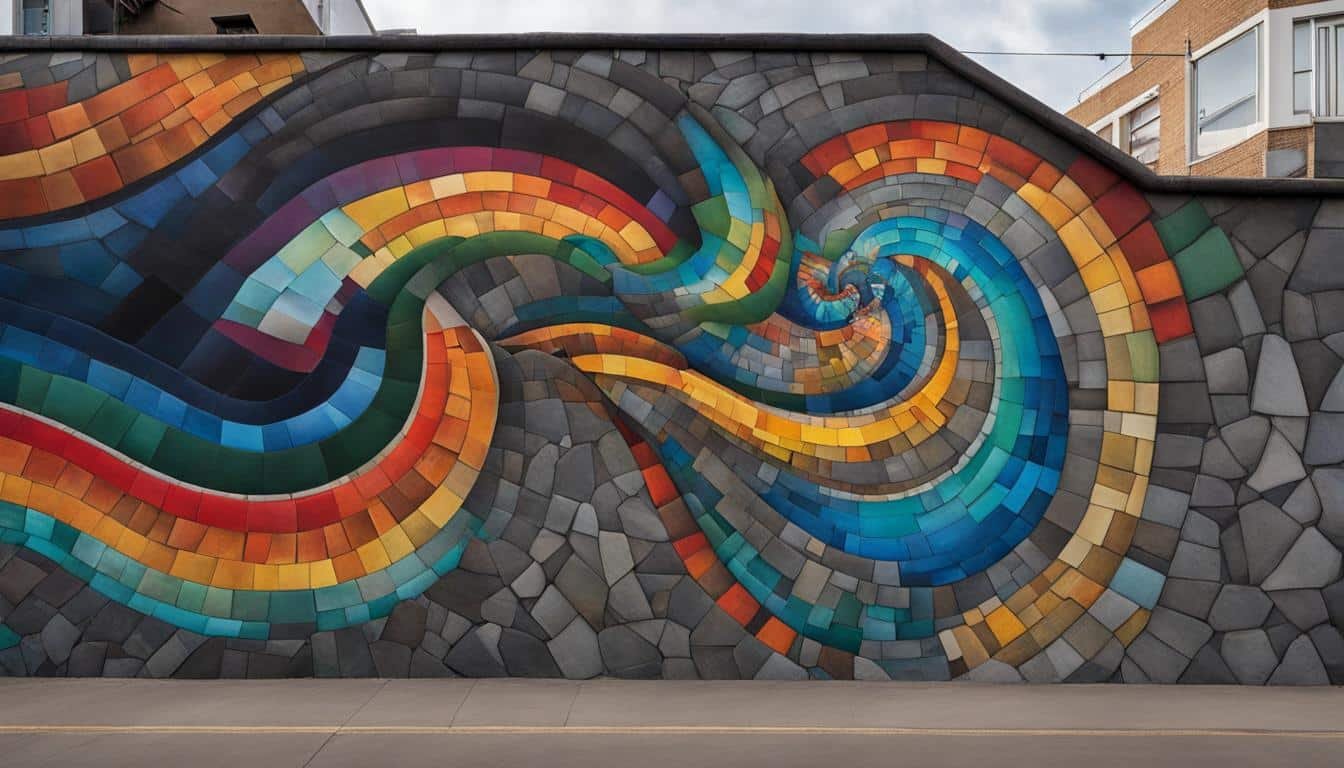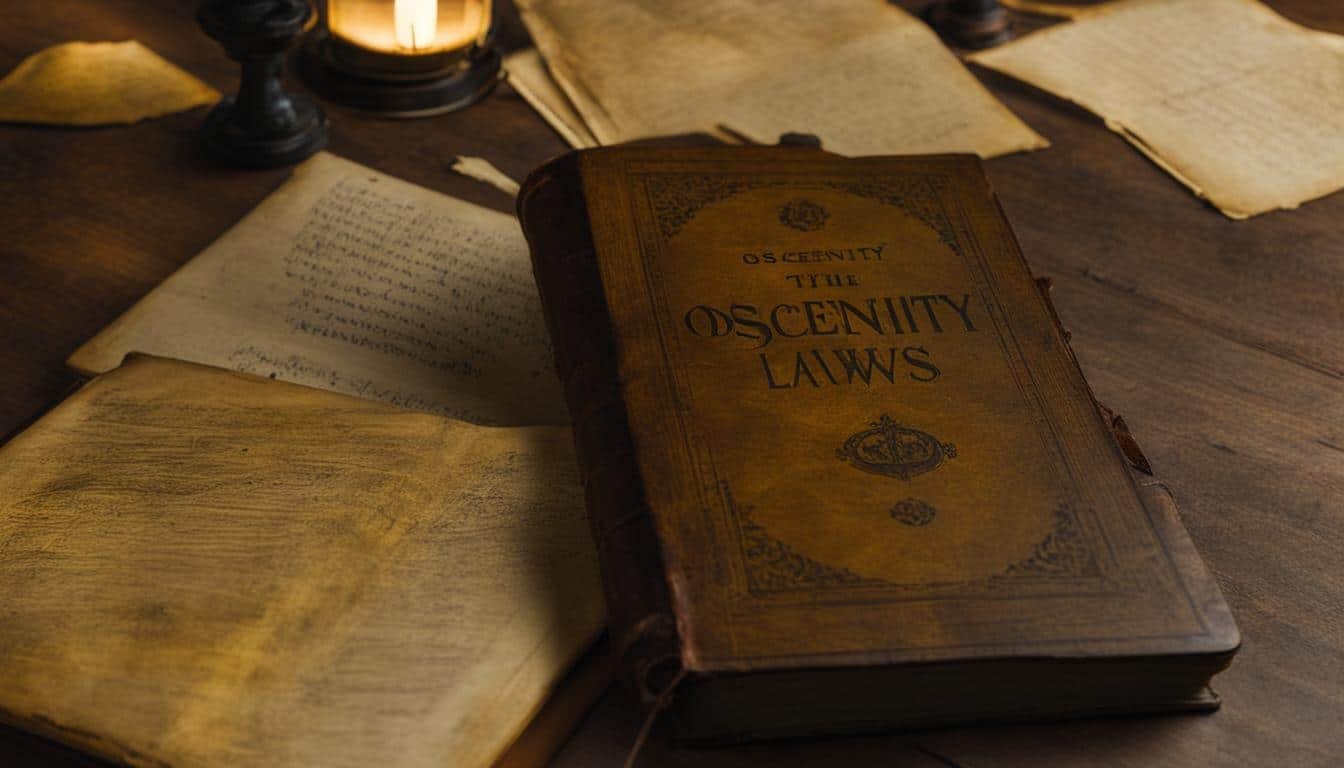Artistic expression has always been a subject of debate in American society, with questions arising about its boundaries and legal implications. As a society committed to freedom of imagination and expression, protected by the First Amendment, we value the right to create and consume various forms of art and entertainment.
However, provocative and controversial works often challenge our commitment to free speech. The distinction between artistic expression and criminal behavior is a complex issue that requires a delicate balance between individual rights and societal interests.
Key Takeaways:
- Artistic expression is protected by the First Amendment, but its boundaries have been a topic of debate in American society.
- Freedom of expression is a cornerstone of democracy and should be safeguarded.
- The Supreme Court allows censorship of sexual speech on moral grounds, while only a narrow range of “obscene” material can be suppressed.
- There is no scientific evidence linking exposure to sexually explicit material to anti-social or violent behavior.
- The government can impose limitations on artistic expression based on content, with restrictions on obscene, indecent, and defamatory works.
The Debate Over Sexual Speech
Artistic expression involving sex and nudity has long been a topic of debate when it comes to censorship. The Supreme Court has allowed for the suppression of sexual speech on moral grounds, but only a narrow range of “obscene” material can be targeted. It’s important to note that the concept of “pornography” lacks legal meaning.
Research has shown that there is no scientific evidence linking exposure to sexually explicit material to anti-social or violent behavior. Throughout history, violent and sexually explicit art and entertainment have existed, serving as a vicarious outlet for individual aggression. The relationship between art, media violence, and real-world aggression remains complex and inconclusive.
When discussing sexual speech, it is crucial to consider its artistic value. What may seem provocative or controversial to some can be seen as valuable and meaningful artistic expression to others. By recognizing the artistic merit and allowing for open dialogue, we can ensure that freedom of expression is protected while still upholding societal interests.
“Art, freedom, and creativity will change society faster than politics.” – Victor Pinchuk
Exploring the Nuances
It is crucial to delve into the nuances of the debate over sexual speech. By doing so, we can gain a deeper understanding of the complexities involved in balancing artistic expression and societal interests. Further exploration may shed light on potential solutions that respect both individual rights and the values of society.
| Arguments in Favor of Censorship | Arguments in Favor of Artistic Expression | |
|---|---|---|
| 1. | Protection of vulnerable populations from harmful content | Art as a form of self-expression and exploration |
| 2. | Maintaining public morality and decency | Encouraging dialogue and critical thinking |
| 3. | Preventing the normalization of harmful behaviors | Celebration of diversity and different perspectives |
Understanding these contrasting perspectives can help inform the ongoing discussion surrounding sexual speech. It is vital that we continue to navigate this debate carefully, taking into account the principles of freedom of expression and the societal implications of artistic works.
Limits on Artistic Expression
Censorship has long been a contentious issue when it comes to artistic expression. While freedom of speech is a fundamental right, there are limitations on what can be considered acceptable in the realm of art.
Prior restraint, the act of restricting expression before it occurs, is generally prohibited by the government. However, certain forms of prior restraint have been upheld in specific circumstances, adding complexity to the issue.
The scope of protection for artistic expression also depends on the venue. Public forums, such as parks and streets, generally offer greater freedom of speech. However, in nonpublic forums like government-owned spaces or privately-funded institutions, there may be greater restrictions imposed on artwork.
Funding restrictions are another way in which artistic expression can be indirectly censored. The government has the right to refuse financing for projects it deems indecent or offensive. This can limit the creative freedom of artists who rely on public funding for their work.
Finding the right balance between individual rights and the government’s interest in preserving public values is a challenging task. It requires careful consideration of the boundaries of censorship, prior restraints, and the impact on freedom of speech in public forums. Ultimately, the goal should be to protect artistic expression while also upholding societal standards.
Source Links
- https://firstamendment.mtsu.edu/article/art-censorship/
- https://www.aclu.org/documents/freedom-expression-arts-and-entertainment
- https://www.aclu.org/issues/free-speech/artistic-expression
